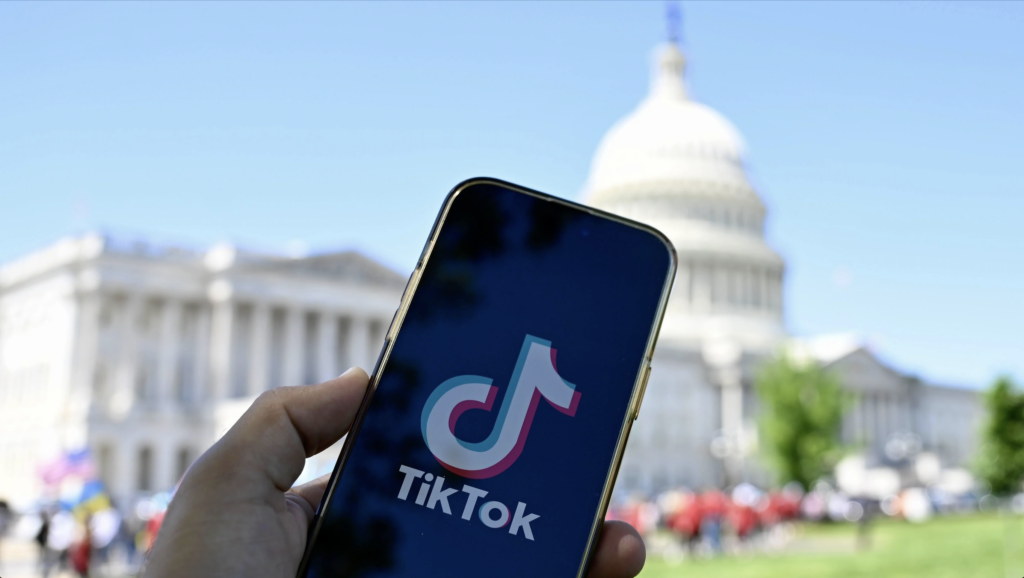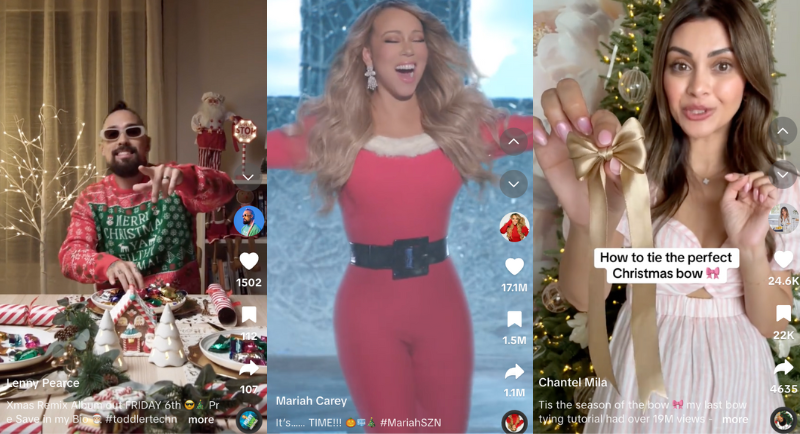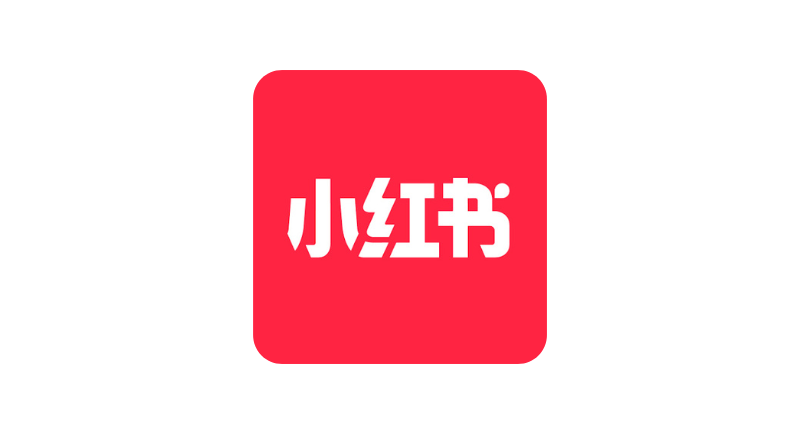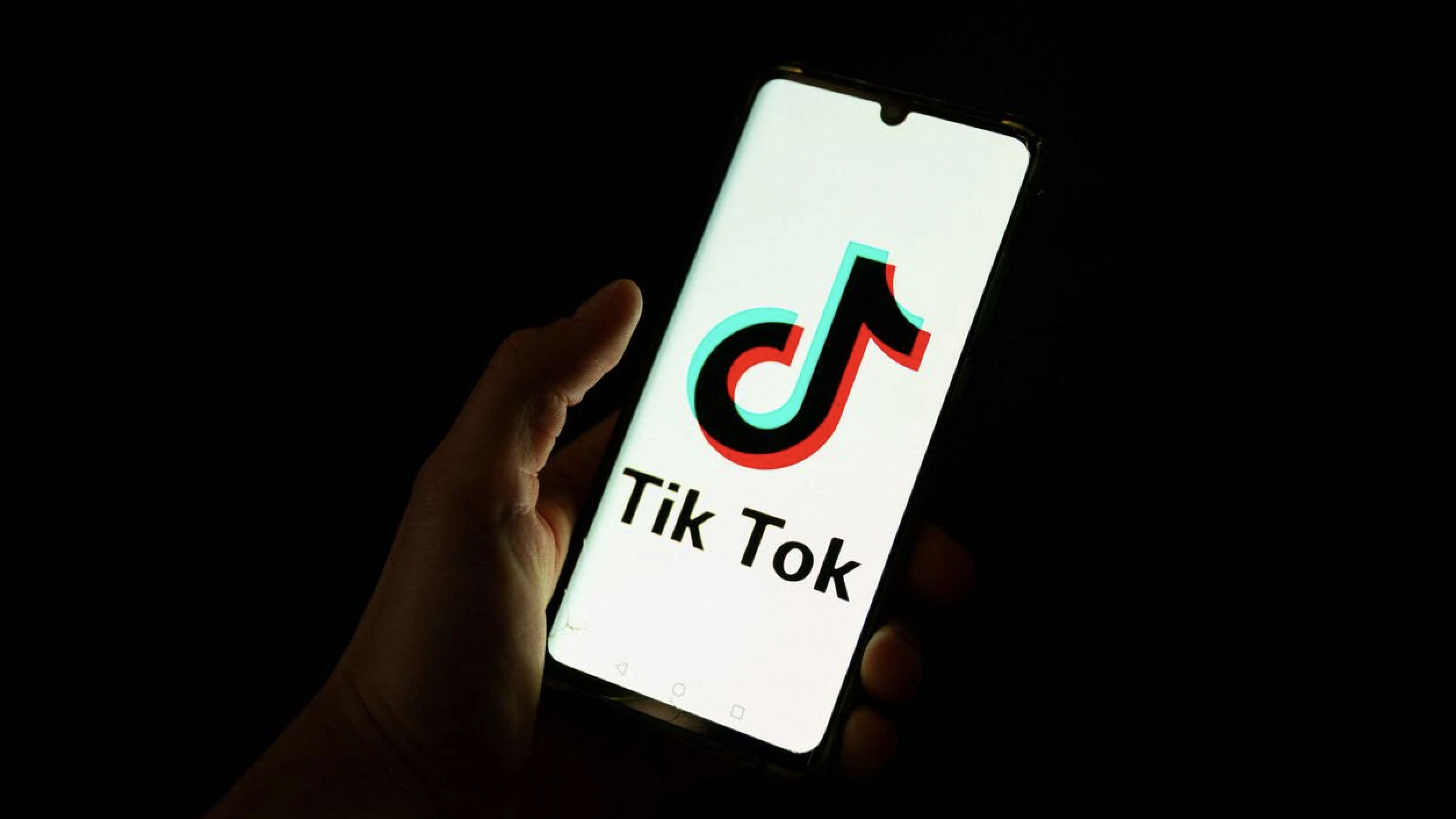By Diane Markovski, founder of Lit Agency
TikTok is back less than 24 hours after going dark ahead of the US ban. Let’s face it – my kid has been in time out as a toddler longer than this ban. The reversal comes after President Trump pledged to ByteDance’s deadline to sell the app. What does this mean for your business? Wil you stick or switch? What will be the go-to platform are just some of the questions we have had to answer in the past day.
Brands and influencers were back on in minutes – almost preempted this “ban” we know it’s all to do with this being the first day in office. Everyone has thrown money at the platform with ad spend in the past six hours, more than brands spent in a month from an insider in the US.
Brands should take the necessary steps to future-proof a real ban in 60 or 90 days time by taking the steps to move their content to other platforms.
What is actually happening and why?
ByteDance must sell TikTok or shut down operations and this will reshape how companies reach customers online, with over TikTok users making purchases after watching content, and the platform driving over $1 billion in monthly small business revenue. So many desperate creators, brands and businesses are now urging consumers to find a way around the ban with VPN options and more.
For business owners active on TikTok, posting content and connecting with buyers, this ban means more than lost sales. It strikes at the heart of their marketing strategy.

TikTok ban
Why is it an outstanding performer in the market?
TikTok is the only social media platform that works differently from other social media. Each new video gets shown to 300-500 random users, making actions that determine its fate. A brand-new account could reach millions with its first post. No paid ads needed; no years spent building a following. With each user opening it an average of 19 times to check what’s new. This creates real opportunities for businesses to find TikTok success through volume and speed. The brands that win are the ones who show up every single day. When you slow down, the algorithm slows with you.
TikTok’s algorithm works by analyzing thousands of signals by a user to determine what kind of content they most want to see. These are things like likes, comments, follows, and how long they spend on a particular video, rewatching it or coming back to it will determine what videos appear on their ‘For You’ page and in what order. Your FYP ( for you page ) unlike YouTube and Instagram will serve you a mix if content from brands and creators based on your “signals” which makes sure its tailored to your preferences making it addictive and fresh each time you open to check. There is no secret behind the algorithm, they simply have done a better job than the other social platforms.
Smart brands are not sitting around waiting, they are moving to Instagram Reels, YouTube Shorts, and Snapchat, testing what works while TikTok is still in play. Each platform offers different advantages for reaching customers. Instagram Reels connects with established audiences. YouTube Shorts helps businesses appear in search while Snapchat keeps them relevant with younger audiences.
These brands are ready to double down on another channel to replace the TikTok traffic and keep sales flowing regardless on their booming new deadline of another shut down.
Beyond platform switches, companies who handle this change well will focus on owning their customer relationships. They’re building their email lists and strengthening direct connections and saving their best content to repurpose for other channels. These moves protect their business no matter what happens with the ban, because the platform the show up on may change but the connection with their customer will remain consistent. Consistency is key – and will be the downfall of those clients and or brands who haven’t taken action to test and build presence on other channels.

Thoughts about moving to Red Note
Red Note is a highly advanced platform for China and has been for a long while, with many savvy brands or businesses starting to utilise this platform for the past year in preparation for this transition. There is no English version of this platform making it difficult and time consuming for the slightest consideration. The platform, similar to Instagram, is particularly popular with women and skews towards a young, affluent audience. Brands that cant afford that additional translation or help to adapt to this platform will miss out… With the majority of Chinese Australians making more purchases and spending more time here than other social media platforms.
Users are finding creative ways to transcend language barriers, navigate cultural differences, and co-exist. Am I jumping on for my current client portfolio – not at this stage.

Red Note app logo
–
Top image: Diane Markovski

